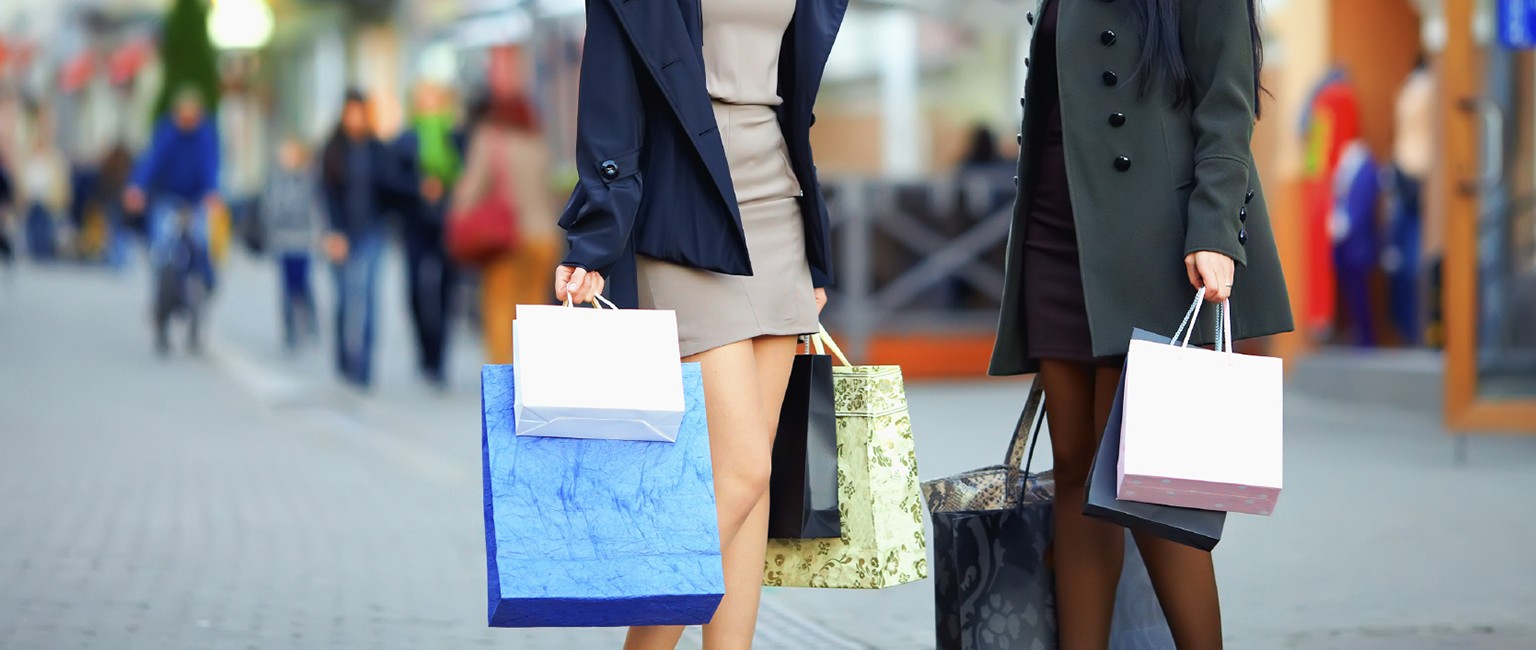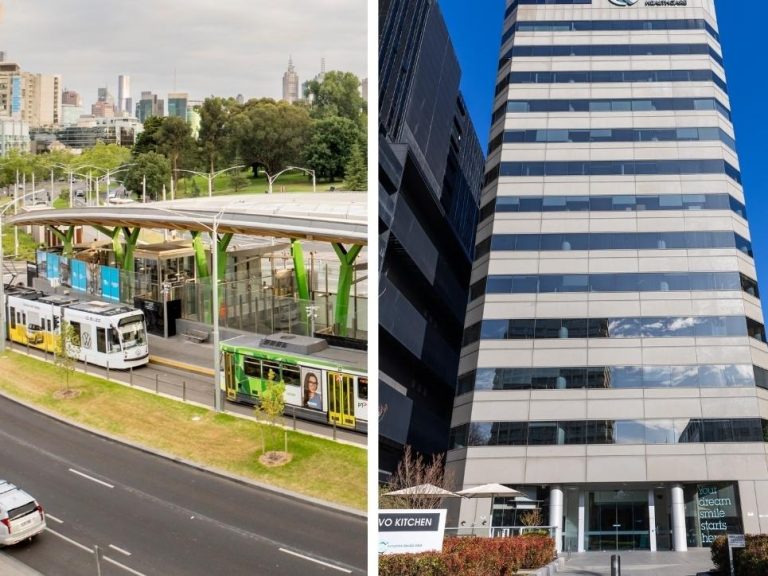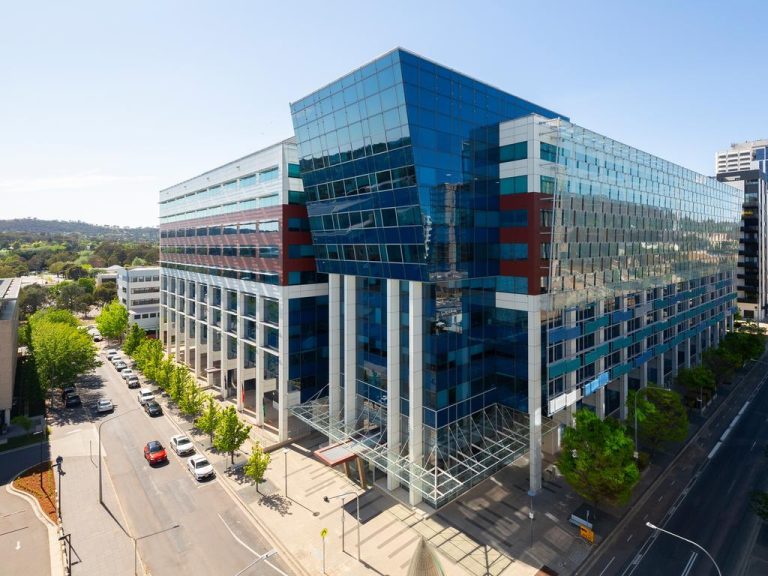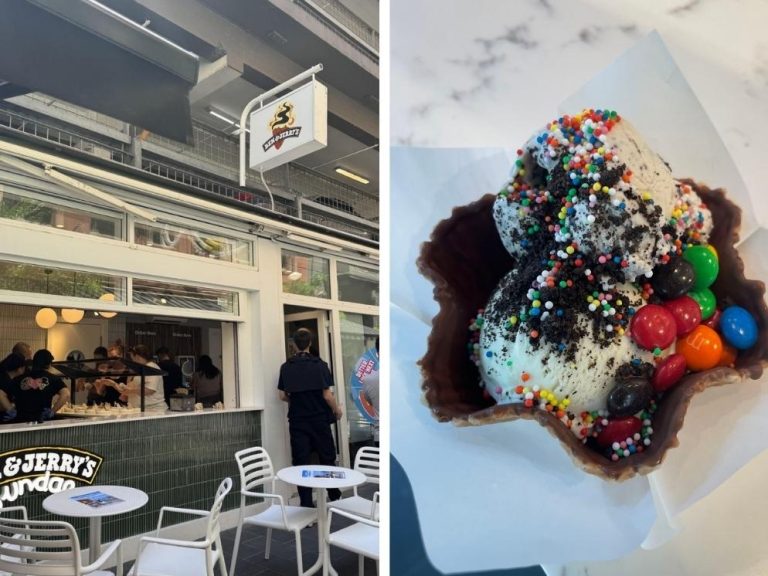Overseas retailers a shot in the arm for landlords

It wasn’t that long ago that doom and gloom was forecast for bricks and mortar retailing. Weak consumer spending, growth in online shopping and confusion in Canberra were all too blame. Yet even while retailing’s old guard were bemoaning poor trading conditions, there were security guards and red ropes holding back the crowds pouring into Spanish retailer Zara’s first Australian stores. It was a similar story for UK-owned TopShop, which had no problems attracting throngs of shoppers to its first Aussie venture in fashion-conscious South Yarra. Any doubts that a full-scale invasion was under way evaporated last month when Australia’s oldest retailer, David Jones, succumbed to a takeover from Woolworths Holdings South Africa. Two weeks later, Scandinavian fashion and homeware giant H&M and uber-cool Tokyo streetwear specialist, Uniqlo, both opened stores here.
Why are overseas retailers coming here?
What is driving them to come to Australia? These 21st century-style retailers are close to saturation point in their home markets and see plump, if not necessarily easy, pickings here. Does that mean more are likely to come? “Absolutely,” says Cam Taranto, Senior Negotiator at CBRE. “The success of TopShop and Zara over the last three years is definitely testament to this. There are no signs of this stopping, with a number of active internationals wanting to find locations throughout Australia.”
That is great news for the owners of CBD retail property
That is great news for the owners of CBD retail property, particularly large floorplate buildings in strips like Queen St, Brisbane, Rundle Mall, Adelaide and Hay St in Perth. Just how good that news is can be found in central Melbourne, the most popular landing point to date.
Melbourne rents heading north
In 2009, retailing’s southern epicentre was looking tired, with growth in rents and foot traffic stalling. Fast forward to 2014 and there is a fight on for premium space, driving up rents in the Bourke Street Mall, which some analysts are predicting may eclipse Australia’s most expensive retail real estate, Sydney’s Pitt St Mall. There is also the new Emporium centre, featuring 180 stores and a growing number of luxury brands heading to the Paris end of the city, notably Hermes and Chanel. “Vacancy will tighten and rents will be pushed up,” Taranto predicts.
Vacancy will tighten and rents will be pushed up.
In Sydney, high profile entrant Zara opted for a mid-town Pitt St address for its first store while TopShop chose George St, opposite the iconic Queen Victoria Building. If the influx does continue, the scene is set for higher retail rents across Australia’s CBDs. But that is not the only thing sending shivers up the spines of management at department stores and specialty retailers. After decades of pursuing cost management strategies and little else, many local retail brands are looking decidedly out of touch, with slow response to market supply lines, out of date point-of-sale systems and service that’s thin on the ground.
Uniqlo sends staff for training – in Japan
How they must wonder at Uniqlo, which sent some of its new Australian floor management to training programs – in Tokyo and Singapore. “Retailers will be forced to raise their game in the marketplace,” Taranto says, “and come up with more competitive, unique offerings.” The retail invasion is shining a light on the effectiveness of local players’ strategy, which in the past few years has lurched from a deep discounting response to the GFC, sagging share prices and much heralded websites crashing within hours of launch. At his press conference, Woolworths SA head Ian Moir, no stranger to Australian retail, coyly told the room: ”The department store isn’t dead, mediocrity is dead, poor retailing is dead.” It won’t all be easy sailing for the new arrivals, though. Just think of The Gap, which launched with much fanfare but found itself outflanked and overpriced. But for landlords at least, the overseas retail invasion is proving to be a shot in the arm.







